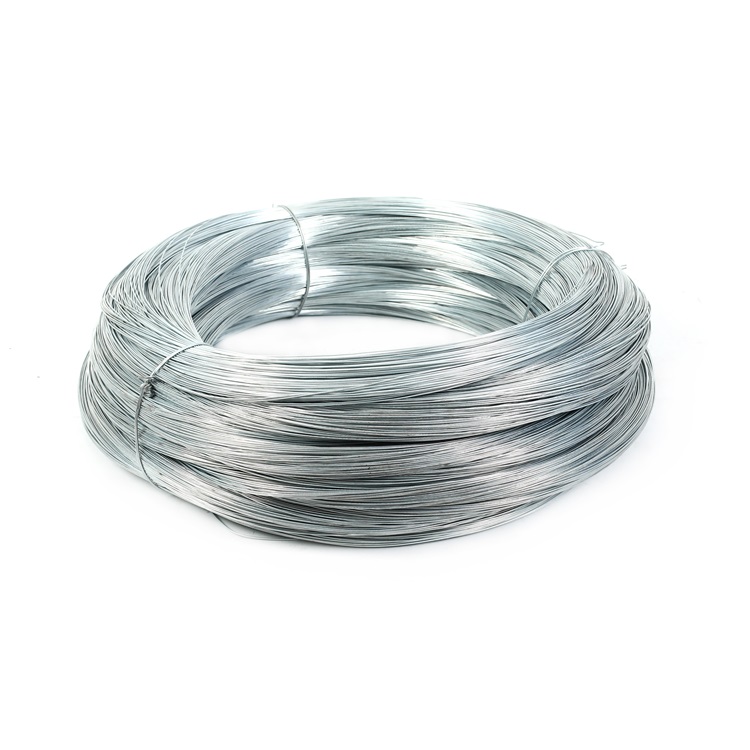specifications of anchor bolts quotes
Specifications of Anchor Bolts Key Considerations for Construction and Engineering
Anchor bolts play a crucial role in ensuring the safety and stability of structures, making them an essential component in construction and engineering projects. These bolts are designed to secure structural elements to concrete surfaces and provide the necessary resistance against various forces, including tension and shear. Understanding the specifications of anchor bolts is vital for engineers, architects, and construction professionals. This article explores the different types of anchor bolts, their specifications, applications, and best practices in their installation.
Types of Anchor Bolts
There are several types of anchor bolts commonly used in construction. The most prevalent are
1. Cast-in-Place Anchor Bolts These are embedded in concrete during the pouring process. They are designed to provide a strong bond with the concrete, allowing for maximum load-bearing capacity.
2. Post-Installed Anchor Bolts These bolts are inserted into pre-drilled holes in hardened concrete. They can be further categorized into mechanical anchors and chemical anchors. Mechanical anchors expand to grip the concrete, while chemical anchors use a resin to bond the anchor bolt in place.
3. L-Bar or J-Bar Bolts These are commonly used in the construction of frames and structural components, designed with a hook or bend at one end to enhance gripping power.
Specifications and Standards
The specifications for anchor bolts can vary greatly based on their intended application and the loading conditions they must withstand. Here are some critical factors to consider
- Material Most anchor bolts are made of steel, specified in common grades such as ASTM A307, A325, or A449. The material choice affects the bolt's tensile strength, ductility, and corrosion resistance. For corrosive environments, stainless steel or galvanized finishes are preferred.
- Diameter and Length The diameter of anchor bolts generally ranges from 1/4 inch to several inches, with length varying based on the concrete thickness and the amount of embedment required. The design must accommodate the loads that will be applied to the anchor.
- Embedment Depth This is a crucial specification and needs to be determined based on the specifications of the project. Adequate embedment depth ensures that the anchor bolt can effectively resist shear and tension forces.
- Load Requirements It's essential to know the expected loads on the anchor bolts, including both static and dynamic loads. This information will influence the choice of the anchor bolt type and size.
specifications of anchor bolts quotes

- Nut and Washer Specifications The accompanying nuts and washers should be compatible with the anchor bolts, adhering to similar or higher standards to ensure complete integrity and performance
.Applications
Anchor bolts are utilized in a variety of applications, including
- Structural Steel Anchorage Connecting steel columns and beams to concrete foundation systems. - Equipment Mounting Securing heavy equipment and machinery to concrete pads. - Wind Turbine Foundations Providing stability to wind turbine installations against dynamic wind forces. - Bridges and High-Rise Buildings Offering necessary reinforcement for structural integrity.
Best Practices for Installation
Proper installation of anchor bolts is crucial to the safety and performance of the structure. Here are some best practices
1. Planning and Design Verification Conduct a thorough assessment of load requirements and environmental conditions before installation.
2. Site Preparation Ensure that the concrete surface is properly cleaned and cured to optimize the bonding of anchor bolts.
3. Accurate Placement Accurate placement is essential for achieving the desired load performance. Use templates or jigs to maintain positioning during the concrete pour or drilling.
4. Inspection Regularly inspect anchor bolts for signs of wear, corrosion, or displacement, especially in high-load scenarios.
5. Adhere to Local Codes and Standards Always follow local building codes and standards to ensure compliance and safety.
Conclusion
Anchor bolts are indispensable in modern construction, providing the foundational support necessary for a variety of structures. Understanding their specifications, including material properties, load requirements, and installation practices, is critical for engineers and construction professionals. By adhering to these specifications and best practices, stakeholders can ensure the durability and safety of their projects, ultimately contributing to the integrity of the built environment.
-
Unlock the Strength and Versatility of Steel Wire
NewsJun.04,2025
-
The Ultimate Guide to Welded Wire Mesh
NewsJun.04,2025
-
Secure Your Structures with Premium Anchor Bolts
NewsJun.04,2025
-
Protect Your Property with High-Quality Razor Wire
NewsJun.04,2025
-
Everything You Need to Know About Concrete Nails
NewsJun.04,2025
-
Durable and Reliable Metal Posts for All Your Fencing Needs
NewsJun.04,2025














